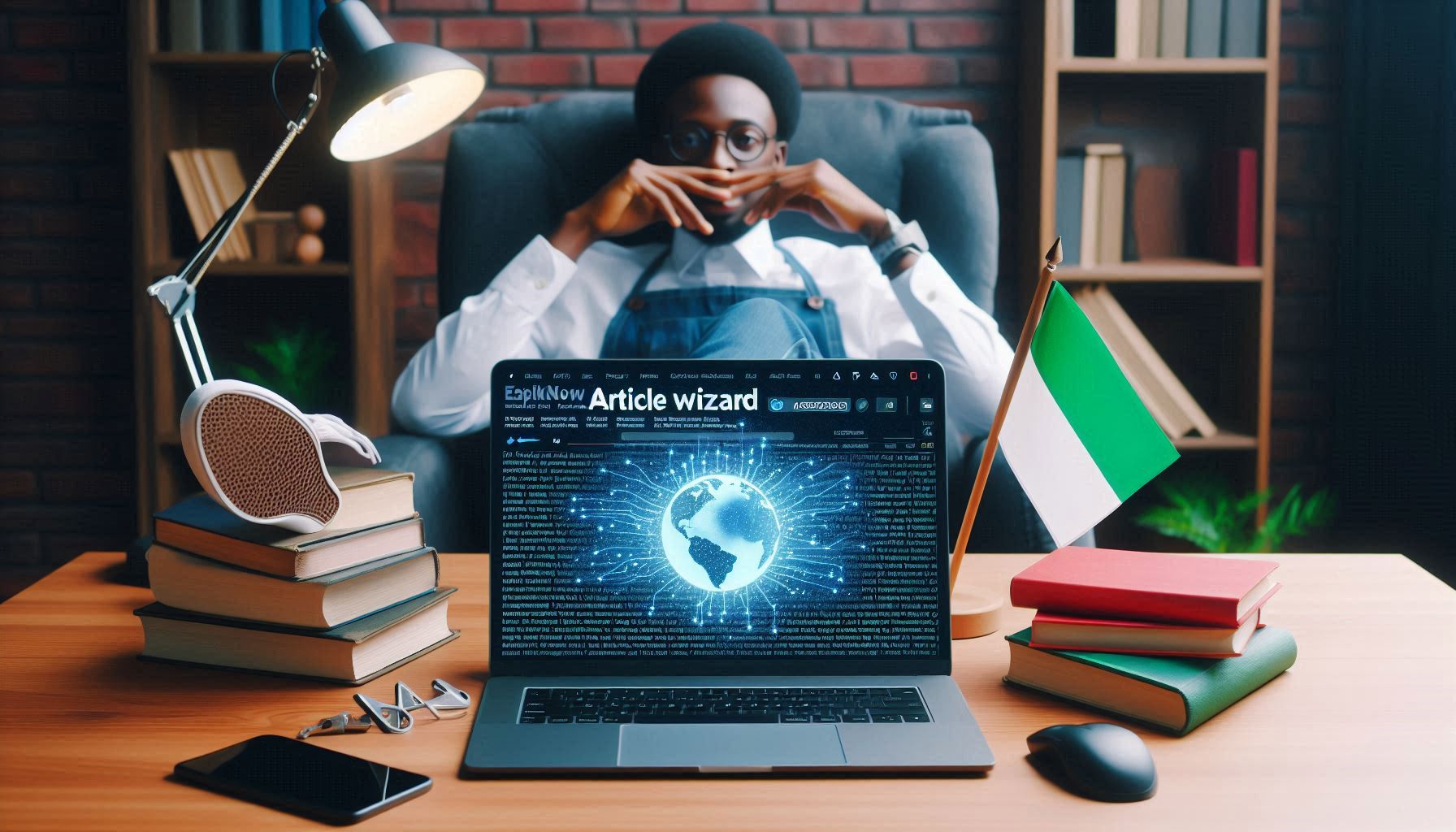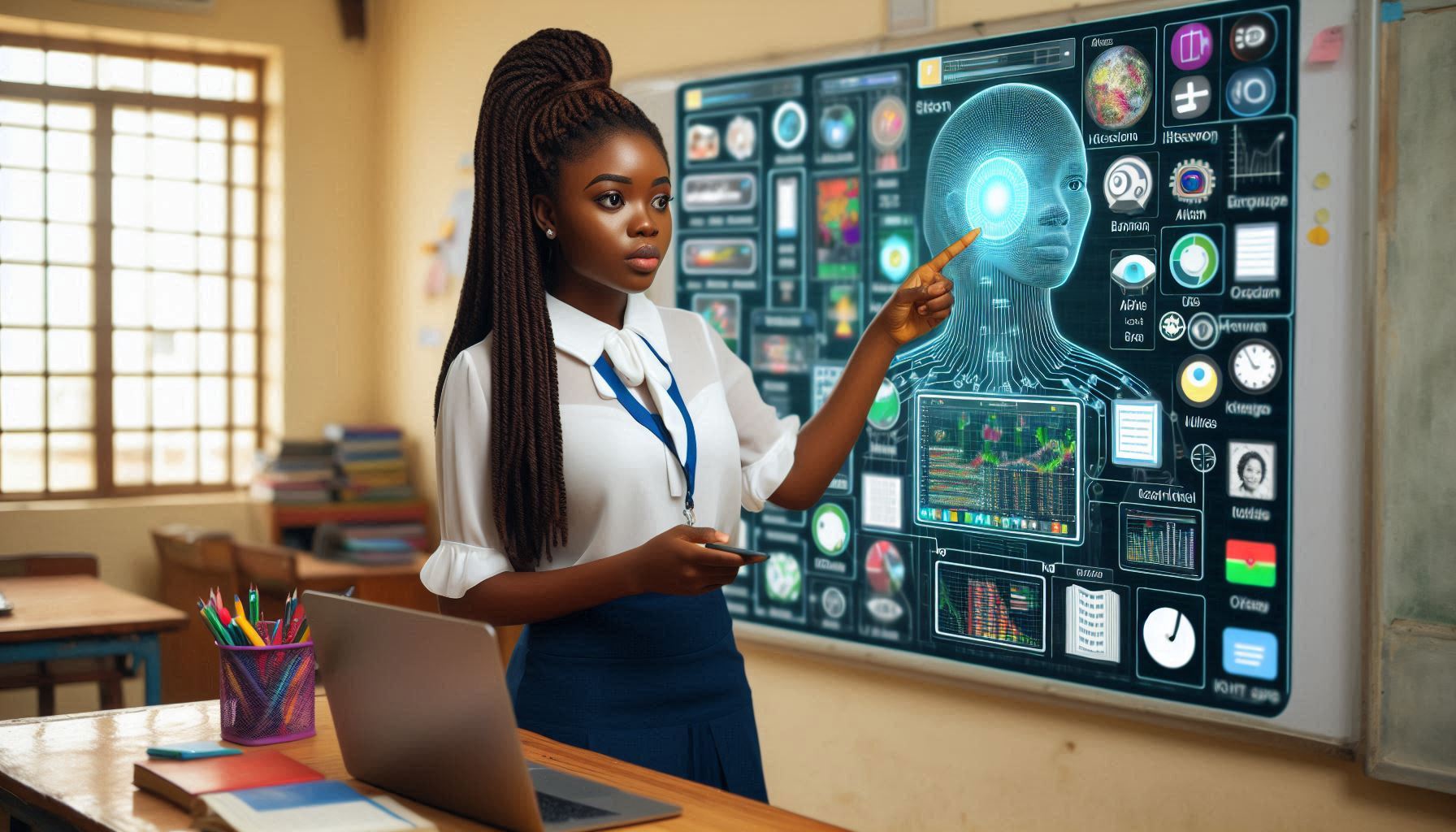
History of AI art
Artificial Intelligence (AI) has been pushing the boundaries of creativity in the art world for several decades. The concept of using AI to create art originated in the 1960s, with early experiments focusing on generating simple patterns and designs. However, it wasn't until the past decade that AI art gained significant traction and became a prominent force in the art industry.
Evolution of AI in art creation
The evolution of AI in art creation can be traced back to the development of machine learning algorithms that enable computers to analyze and interpret visual data. Artists and researchers began exploring the potential of these algorithms to generate unique and innovative artworks, leading to the birth of a new genre known as AI art.
Milestones in AI art development
Several milestones have marked the development of AI art, including the creation of the first AI-generated artwork in 2015 by a team of researchers at Rutgers University. This groundbreaking achievement demonstrated the ability of AI to produce art that was indistinguishable from human-created works, sparking widespread interest in the field.
The emergence of AI artists
As AI technology continues to advance, a new generation of AI artists has emerged, pushing the boundaries of what is possible in the realm of art creation. These AI artists use algorithms, machine learning, and virtual reality to produce artworks that challenge traditional notions of creativity and artistic expression.
Popular AI art projects
Several AI art projects have captured the attention of the art world, showcasing the potential of AI to create captivating and thought-provoking works. Projects like Google's DeepDream, which uses neural networks to generate surreal and dreamlike images, have garnered widespread acclaim for their innovative approach to art creation.
Influence of technology on art evolution
The integration of technology, specifically AI, has had a profound impact on the evolution of art. AI tools and software have revolutionized the way artists conceptualize, design, and execute their work, leading to the emergence of new artistic styles and techniques that would have been impossible without AI.
Famous AI art showcases
Art exhibitions featuring AI-generated artworks have become increasingly popular in recent years, attracting art enthusiasts and technologists alike. These showcases highlight the diverse range of possibilities offered by AI art, from abstract compositions to photorealistic portraits, showcasing the versatility and potential of AI as a creative tool.
When AI art gained popularity
AI art gained significant popularity in the early 2010s, with artists and researchers exploring the capabilities of AI in generating art. As more AI-generated artworks began to attract attention and recognition, the art world took notice, leading to a surge in interest and investment in AI art projects.
Pioneers of AI art creation
Several pioneering artists and researchers have played a crucial role in advancing the field of AI art. Visionaries like Ian Cheng, Mario Klingemann, and Anna Ridler have pushed the boundaries of creative expression through their innovative use of AI algorithms, paving the way for a new era of artistic exploration and experimentation.
Significance of AI in contemporary art
AI has become an integral part of contemporary art, offering artists new tools and techniques to explore and express their creative vision. The integration of AI in art creation has sparked debates and discussions about the impact of technology on artistic practices, challenging traditional notions of authorship, creativity, and originality in the art world.

